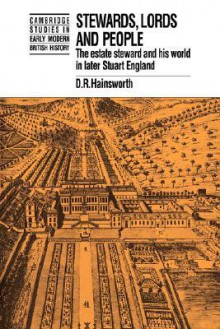
After the act of the Tudors, how would the Stuarts follow up in ruling England? Barry Coward covers the history of England between 1603 and 1714 in The Stuart Age giving the reading a comprehensive look at the developments across religion, economy, politics, and government while trying to dispel old assumptions and highlight new research.
Coward begins and ends the book with looking a statistical view England, at first looking how England developed through the early Stuarts to 1650 and then through the Interregnum and late Stuarts until the Hanoverian ascension. The vast majority of the book covers the narrative flow of history of the period from the ascension of James VI of Scotland as James I of England after the death of Elizabeth to the death of his great-granddaughter Anne with all the twists and turns that happened within the domestic political arena that saw numerous failed attempts at Scottish union to disagreements between monarchs and parliament and finally the dispossessions of monarchs from the throne through execution and invited invasion then dictating who can take the throne. Plus add in the events in Scotland and Ireland that played important roles at critical times that shaped events in England that made the century what it was.
The book is first and foremost an overview of the era with Coward attempting to give the events that took place their proper context in the evolution of government or religion or anything else related to “modern” Britain. In doing this he set aside many myths about the era especially in the context of their times, he also gave context between “court” and “country” political establishments especially in relation to developments on the continent, i.e. the rise of absolutism and centralized government. However, one of the drawbacks is that Coward would bring up other historians and juxtapose their theories on events without just simply making his own mark on the interpretation of the events. Another feature which was lacking was that the military campaigns of especially the English Civil War, but also the continental wars, weren’t highlighted much especially since the Civil War was only covered in one whole chapter yet as an overview book it wasn’t unexpected. And finally, as this edition of the book—the 2nd published in 1994—is almost 25 years old further research and debate has been missed out on.
The Stuart Age does its job fantastically well by giving an overview of the entire Stuart era that like other parts of English history seemed to be overshadowed by the proceeding Tudors. Barry Coward’s layout of the period gives the reader perspective of the statistical elements of history that will influence the later narrative of the political and military events that make of the majority of the book then the aftereffects of those events on the same statistics, though slow in the beginning pays off and make this book pop. If you’re looking for an overview of this period in English history, then you should consider this book.

 Log in with Facebook
Log in with Facebook 








